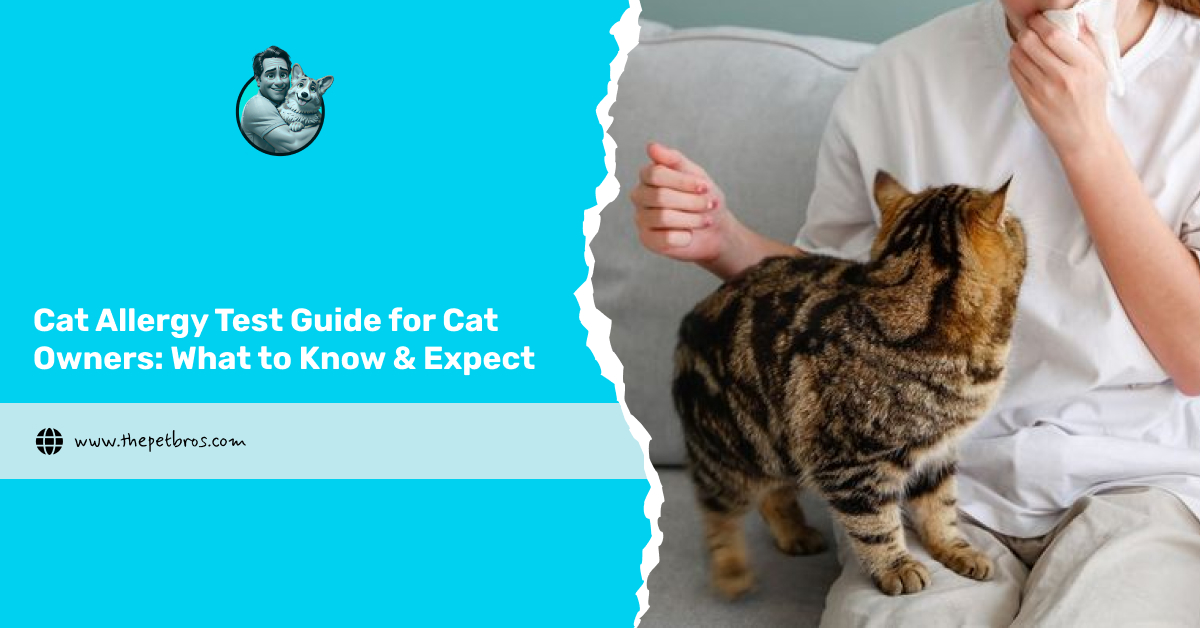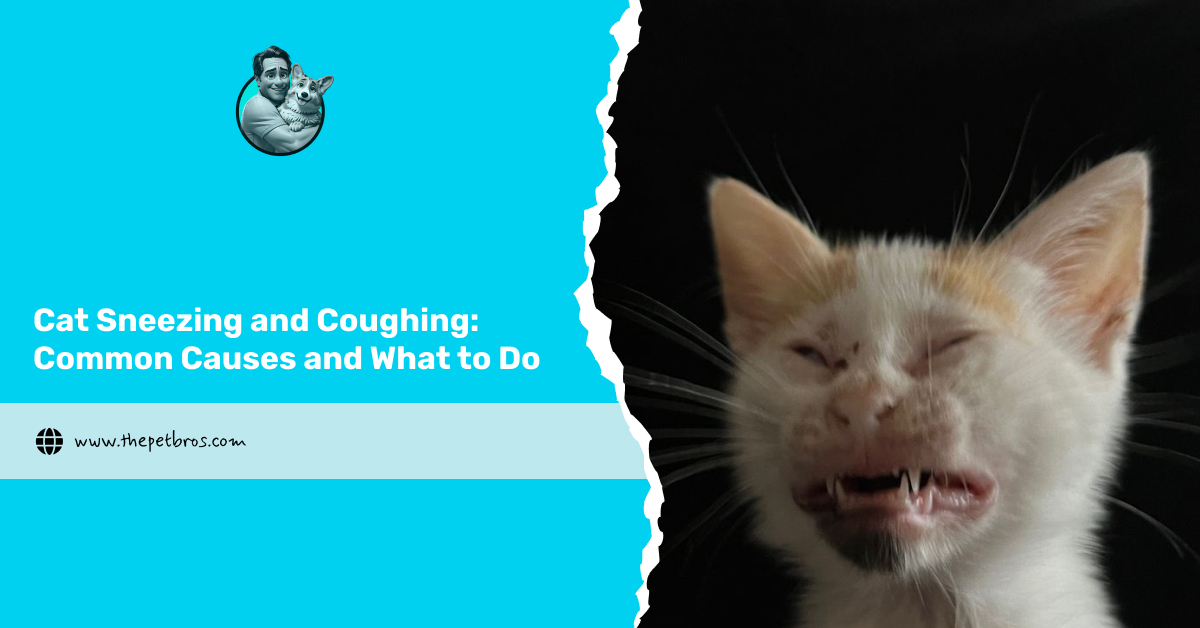Did you know that approximately 10 to 20 per cent of cats can carry ringworm at some point in their lives? That’s quite a lot when you think about it. Imagine lining up ten cats and knowing two of them might be hiding a fungal hitchhiker. Ringworm isn’t actually a worm at all. It’s more like a mould in the wrong place. And the worst bit? It doesn’t just stick to your cat. It can hop over to other pets in your house and even to you. So spotting it early is absolutely key. We’re going to walk through the signs and symptoms of ringworm in cats in a way that makes them easy to spot. Because the sooner you catch it, the sooner your cat can be happy again, (and your sofa, and your arms can get some relief).
5 Common Signs And Symptoms Of Ringworm In Cats
1. Circular Bald Patches in the Fur
You know that sinking feeling when you spot a weird patch in your cat’s coat? One day, they look fluffy and fabulous, the next, there’s a suspicious bald spot staring right back at you. Circular bald patches are one of the most classic signs and symptoms of ringworm in cats.
They look like tidy little round holes in the fur, almost as if someone went in with a tiny razor. The hairs around the edge often look brittle and broken, which gives the patch an even rougher look. On short-haired cats, these bald circles can stand out straight away. Long-haired cats, however, are a bit sneakier.
The patches can hide beneath thick fur until you notice them while grooming. The skin underneath can look red, flaky, or irritated, making it all the more obvious that something isn’t right. If you spot one of these patches, it’s time to pay attention. Ringworm in cats spreads fast, and catching it early saves you, your cat, and the rest of your household from an itchy nightmare.
2. Red, Scaly, or Crusty Skin
If your cat’s skin starts looking like it belongs in a winter snow globe, that’s another big clue. One of the most common signs and symptoms of ringworm in cats is irritated skin that turns red, scaly, or even crusty, and yes! It’s not an allergy. It doesn’t exactly scream “healthy glow.” Instead, it looks patchy and uncomfortable, often with little scabs forming in the middle.
The tricky part is that it can look like plenty of other things. Flea allergies, dermatitis, or even a scratch from a playful tussle can all appear similar. But when the redness spreads in circular patches or the skin starts forming flaky crusts, that’s when alarm bells should go off. Cats aren’t always great at hiding their discomfort, either. Some will start grooming the sore spots obsessively, which only makes things worse. So, if your cat’s skin looks more like an old map than smooth fur, it’s worth considering ringworm as the culprit.
3. Excessive Dandruff or Flaking
Have you noticed little white flakes floating off your cat like confetti after a tiny party as they follow you around? That’s another telltale sign and symptom of ringworm in cats. Unlike normal grooming flakes, this dandruff is often heavier and seems to linger no matter how much you brush. It can show up on your cat’s fur, their bedding, or even your favourite armchair, which is never fun.
This flaky skin can appear before bald spots even show up, making it an early warning sign that shouldn’t be ignored. Some cats might still act completely normal, giving you the false impression that everything is fine, while the fungus is quietly making itself at home. Keeping an eye out for unusual flaking and maintaining regular grooming routines is one of the easiest ways to catch ringworm early and prevent it from spreading to other pets or humans.
4. Itchiness and Scratching
Some cats will start scratching or licking certain spots like there is no tomorrow, and it’s not because they want your attention. That persistent itch is a classic sign and symptom of ringworm in cats. You might notice them pawing at their ears, neck, or tail base more than usual, and sometimes the more they scratch, the more irritated the skin becomes.
Other cats are a little sneaky and might not scratch at all, which makes spotting ringworm a bit tricky. They can look perfectly normal while carrying the fungus, quietly spreading it around without giving any obvious clues. This is why regular checks are so important, especially if you have multiple pets in the house.
Pay attention to sudden changes in behaviour related to grooming. A cat that suddenly grooms obsessively or seems uncomfortable in certain areas could be trying to deal with the itch from ringworm. Acting quickly when you notice this behaviour can make treatment faster and stop the fungus from spreading to other animals or humans in your home.
5. Nail and Claw Abnormalities
Ringworm does not always stick to the fur and skin. Sometimes it decides to show up on your cat’s claws. You might notice brittle or broken nails, rough nail beds, or even scaly skin around the toes. It is subtle, but it can be a clear sign and symptom of ringworm in cats.
These nail changes can make your cat a little grumpy or reluctant to play. They might paw at things differently or hesitate when climbing or scratching posts. Paying attention to these small behaviours can help you catch the infection before it spreads further.
Regular nail checks are a good habit, especially if your cat has other signs of ringworm. Noticing irregularities early allows for faster treatment and keeps both your cat and your home safer from the sneaky fungus.
3 Subtle Signs and Symptoms of Ringworm in Long-Haired Cats
- Hidden Bald Patches and Scaly Skin: Long fur can easily cover up bald spots, scabs, or rough areas, making ringworm harder to spot.
- Matted Fur and Flakes: Watch for unusual tangles or tiny white flakes while grooming. Even small changes can hint at infection.
- Regular Grooming Helps: Brushing often allows you to catch subtle signs early and notice anything unusual in the coat.
There are situations where cats may carry the fungus without showing obvious symptoms, so vigilance is key to protecting your home.
Asymptomatic Carriers of Ringworm in Cats
Some cats can carry ringworm without showing any visible signs, which is the opposite for when they are happy. They might look perfectly healthy while still harbouring the fungus, which makes them a sneaky source of infection for other pets and even humans in the household.
These invisible carriers are why ringworm can sometimes pop up unexpectedly. A cat might be perfectly clean and calm, but spores on their fur or claws can spread to bedding, furniture, and other animals without you noticing.
Veterinarians may need to run fungal cultures or use a UV light to confirm if a cat is carrying ringworm silently. Early detection in asymptomatic carriers is important to stop the spread and keep everyone safe and healthy.
Conclusion
Ringworm in cats might sound spooky, but spotting it early makes all the difference. From those classic circular bald patches to flaky fur, itchy spots, or even sneaky asymptomatic carriers, knowing what to look for keeps your cat, your furniture, and your family safe. Treatment can take time, but with vet-prescribed creams, medicated shampoos, and a bit of household hygiene, you can kick the fungus to the curb. Paying attention, staying consistent, and keeping your cat comfortable turns what seems like a nightmare into a manageable hiccup. Your furry friend will be back to cuddles and zoomies in no time.
Frequently Asked Questions
What kills ringworm in cats?
Veterinary antifungal treatments, both oral medication and medicated shampoos, effectively kill the fungus over time.
How to detect ringworm in cats at home?
Watch for hair loss, flaky skin, or use a UV lamp to check suspicious spots.
Can I pet a cat with ringworm?
You can, but wear gloves, wash your hands thoroughly, and avoid close contact to prevent spread.
How long does ringworm last in cats?
With treatment, it usually clears within six to eight weeks, though stubborn cases may linger.
How to stop ringworm from spreading?
Disinfect bedding, clean surfaces, vacuum regularly, isolate infected cats, and follow prescribed treatments carefully.














